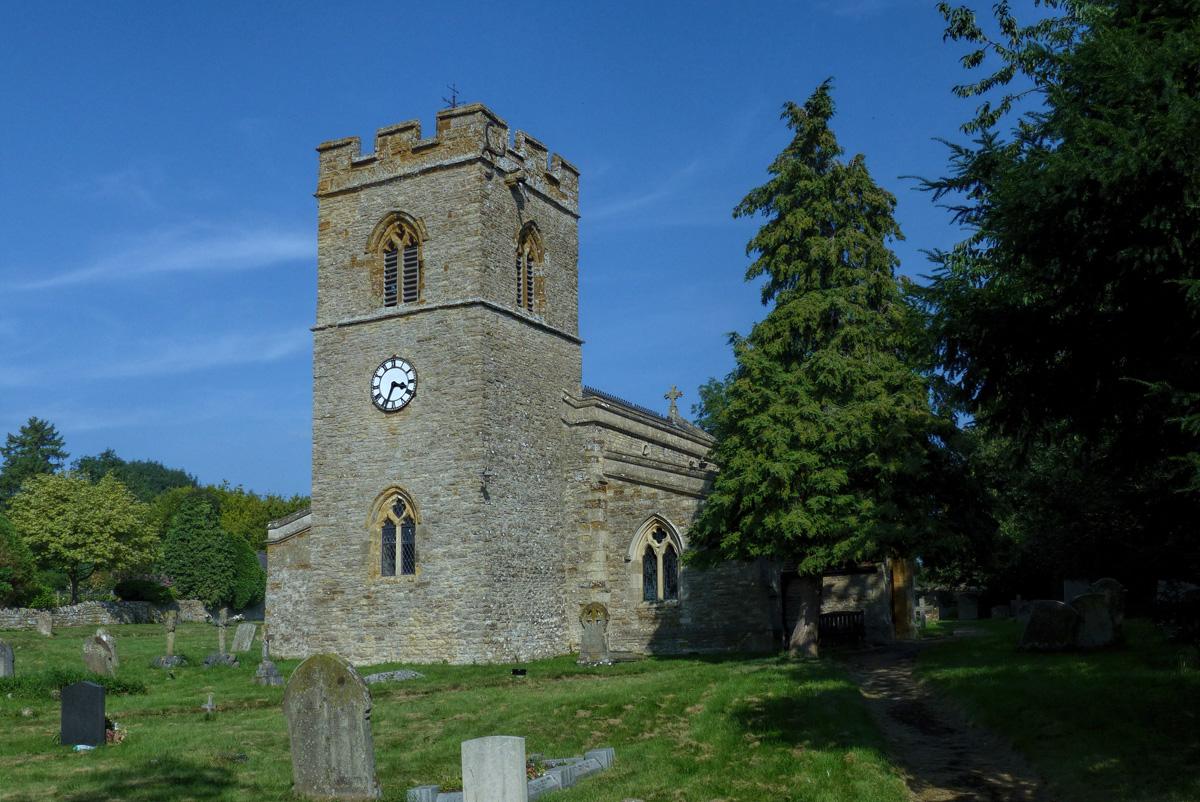St Mary
Easton Neston, Northamptonshire
St Mary's church is all that remains of the medieval village of Easton Neston when, following the enclosure of the land, the village was transferred to Hulcote.

Delightful limestone church dating from the 13th century and quite possibly replacing a wooden Saxon church which existed on the site when the Domesday Book was written in 1086.
Tiffield , Northamptonshire
The church still uses the stone Norman font which was probably installed in the original wooden Saxon church.
In the time of Henry II land was given to "God and St John the Baptist" and the oldest parts of the stone church (the Nave and North aisle) were built. The fine tower was added later, in the late 13th or early 14th century. The bells were cast by the Whitechapel Bell Foundry, with the earliest dated 1764, and the "newest" dated 1809. They can still be sounded using a "chiming" mechanism.
In 1859 the South aisle and the porch were added. This increase in capacity was to provide a place of worship for the boys from St John's Reformatory, which had been built to the north of the village a few years earlier. The evidence of their attendance can still be seen in the names and initials carved into the wooden pews! The boys from the Reformatory still attended services until the 1970s.
Easton Neston, Northamptonshire
St Mary's church is all that remains of the medieval village of Easton Neston when, following the enclosure of the land, the village was transferred to Hulcote.
Towcester, Northamptonshire
Here is a large town church that speaks of the 15th century. In 1483 Edward V, the husband of Elizabeth Woodville of nearby Grafton Regis, gave a large grant of stone from the royal quarries nearby in Whittlebury.
Gayton, Northamptonshire
A very early church with a Norman tower incorporating a late Saxon door case and, inside, a Norman font.